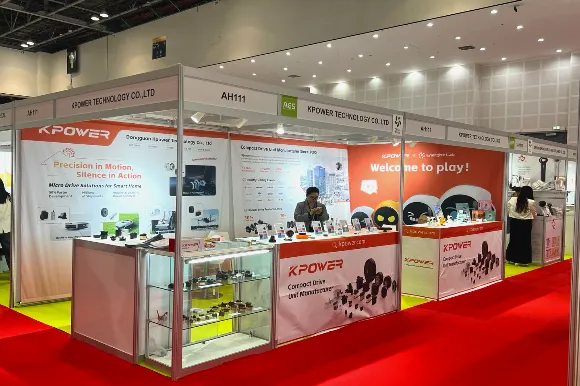Imagine you're trying to explain a complex operation—like setting up a smart home system. Each device has its own purpose, but they all work together seamlessly. That’s what microservices in Java offer: breaking down a big monolithic app into manageable, independent modules, each doing its own thing but still part of a smooth whole. It’s like building with Lego blocks—you can swap out a piece without disassembling everything.

Now, why should you care about microservices? Well, imagine trying to upgrade one feature in a giant app. Doing that with a monolithic setup feels like trying to change a tire while flying down the highway—you risk everything breaking apart. Microservices make this process easier. You can update or fix parts without disturbing the whole system. It’s about flexibility, speed, and reducing downtime.
When it comes to Java, the game gets even more interesting. Java's mature ecosystem offers tools and frameworks that support microservices development—Spring Boot is one example. Spring Boot simplifies creating stand-alone, production-grade applications. It's like having a ready-made toolkit that helps you assemble microservices fast, with lots of templates, plugins, and best practices baked in.
Let’s talk about real-world scenarios. Think of an e-commerce platform. Different microservices handle payments, product catalog, user authentication, and order management. They each operate independently but communicate through well-defined APIs. When the checkout process needs to be optimized, you just tweak that microservice. No need to reboot the entire system. That’s operational agility in action.
In the realm of microservices, testing becomes a different beast. Think about how each service is its own small universe: individually testable, deployable, scalable. You’re not testing a massive monolith but a bunch of lean, focused modules. It’s more resilient, less prone to widespread failure if one service hiccups.
What about scalability? Imagine a sudden surge of visitors on your app. With microservices, you can scale only the parts that need more power—say, the payment service—without wasting resources on the rest. Java’s cloud-native capabilities make this easier, integrating smoothly with Kubernetes and Docker for deployment.
Is it worth the shift? Absolutely. But it’s not a magic fix—it’s a mindset. Building microservices in Java requires discipline, clear design, and choosing the right tools. A well-structured microservices system can evolve faster, adapt more easily, and deliver a better user experience. That’s the promise, and it’s a trend that shows no signs of slowing down.
Established in 2005, Kpower has been dedicated to a professional compact motion unit manufacturer, headquartered in Dongguan, Guangdong Province, China. Leveraging innovations in modular drive technology, Kpower integrates high-performance motors, precision reducers, and multi-protocol control systems to provide efficient and customized smart drive system solutions. Kpower has delivered professional drive system solutions to over 500 enterprise clients globally with products covering various fields such as Smart Home Systems, Automatic Electronics, Robotics, Precision Agriculture, Drones, and Industrial Automation.




































